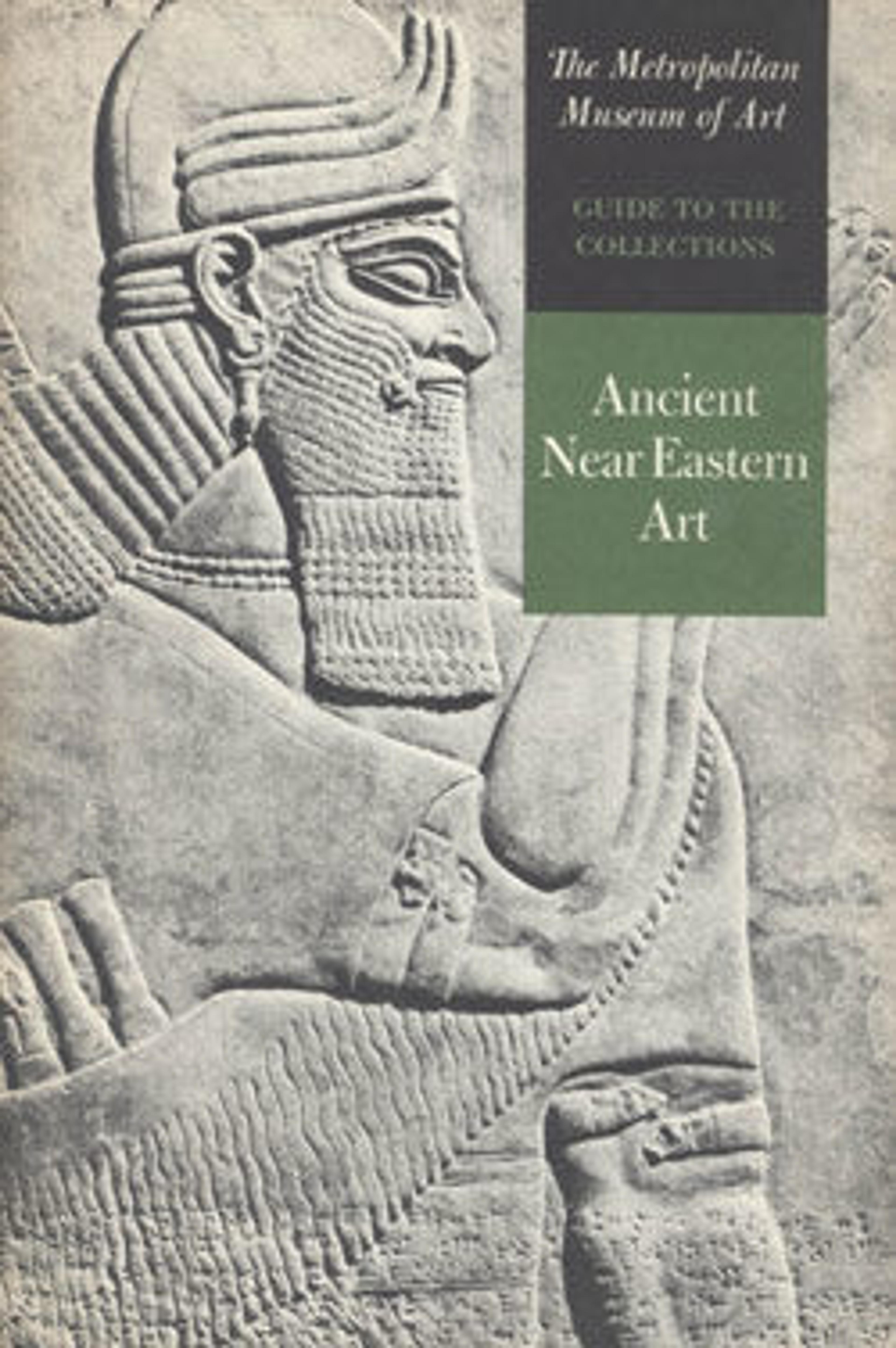Stand
This gray-ware jar (MMA 60.20.15) and stand (MMA 60.20.16), found in a burial in the cemetery of Hasanlu, is typical of Iron Age pottery of northwestern Iran. The bodies of such vessels are often fluted, quadrooned, or decorated with grooves. The handles are frequently raised higher than the vessel rim with a thumb rest like modern beer mugs. Many other aspects of culture, including architectural form, mode of burial, and style of bronze weapons and small objects, were altered at this time, leading some scholars to suggest a migration of new people into the region at the beginning of the Iron Age.
Artwork Details
- Title:Stand
- Period:Iron Age II, Hasanlu Period IV
- Date:ca. 9th century BCE
- Geography:Iran, Hasanlu
- Culture:Iran
- Medium:Ceramic
- Dimensions:7 3/4 × 12 3/16 × 10 11/16 in. (19.7 × 30.9 × 27.2 cm)
- Credit Line:Rogers Fund, 1960
- Object Number:60.20.16
- Curatorial Department: Ancient West Asian Art
More Artwork
Research Resources
The Met provides unparalleled resources for research and welcomes an international community of students and scholars. The Met's Open Access API is where creators and researchers can connect to the The Met collection. Open Access data and public domain images are available for unrestricted commercial and noncommercial use without permission or fee.
To request images under copyright and other restrictions, please use this Image Request form.
Feedback
We continue to research and examine historical and cultural context for objects in The Met collection. If you have comments or questions about this object record, please contact us using the form below. The Museum looks forward to receiving your comments.
